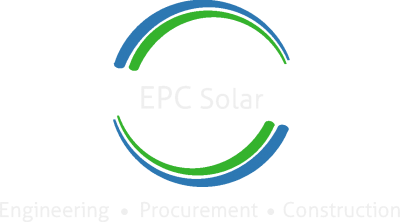Solar Energy As An Investment
Solar and clean energy incentives significantly enhance both lifetime savings and the speed in reaching a payback or return on the investment.
Across the country, federal incentives are available to each business and organization. Certain states have set additional incentives, which vary in availability and value. Here are some solar specific investment terms which you will encounter during a project analysis.
Federal Solar Incentives
- Investment Tax Credit (ITC)
A tax credit is a dollar-for-dollar reduction in the income taxes that a company claiming the credit would otherwise pay the federal government. The ITC is based on the amount of capital investment in the complete solar project. It is 30 percent for projects that begin construction any time in 2022 through the end of 2024. After 2024, the commercial and utility credit will be reviewed and potentially extended based on meeting renewable energy goals.
- Modified Accelerated Cost Recovery System (MACRS)
MACRS is a depreciation system used for tax purposes in the U.S. It allows the capitalized cost of an asset to be recovered over a specified period via annual deductions. The MACRS system puts fixed assets into classes that have set depreciation periods. Renewable energy systems are placed in an accelerated class. And solar-electric installations are allowed a 5 year full depreciation.
Sampling of State Solar Incentives
- Net Energy Metering (NEM)
In some states, net metering is an electricity billing mechanism that allows a business which generates some or all of their electricity from a site-located solar energy system to use that production any time, not only when generated. The utility grid acts as a de facto storage systems, allowing solar power fed to the grid to be returned as needed. Excess solar power generated across longer periods of months can be credited within each billing cycle.
- Property Assessed Clean Energy (PACE or C-PACE)
PACE or C-PACE (Commercial Property-Assessed Clean Energy) financing effectively allows property owners to borrow money to pay for a solar energy system. The amount borrowed is typically repaid over a period of years via a special tax assessment on the owner’s property. In general, local governments (such as cities and counties) that choose to offer PACE financing must be authorized to do so by state law.
Calculating Your Solar Investment Value
- Return on Investment (ROI)
Calculating the return on a solar power investment follows the usual and simplified model of Net Cost minus Annual Profit. An ROI of as low as 10% is often considered worthwhile. With solar, the Net Cost must include all incentives, deductions, and rebates. Profit is really your annualized savings due to the offsetting of utility payments. Some states have established what are essentially include Feed in Tariffs (FIT), paying you for generated power at a scheduled rate. These payments would increase your income/savings and amplify your ROI.
- Internal Rate of Return (IRR)
The IRR is another profitability measure for any investment.It is a discount rate that makes the net present value (NPV) of all cash flows equal to zero in a discounted cash flow analysis. This method must also take into account final, or net costs after incentives and requires estimating the future cost of electricity over the life of the solar energy system. The more precise that estimate, the more accurate the value of the purchasing offset.
Find out how we can work with you.
Williamstown, NJ 08094
Tucson, AZ 85716
Email Us

